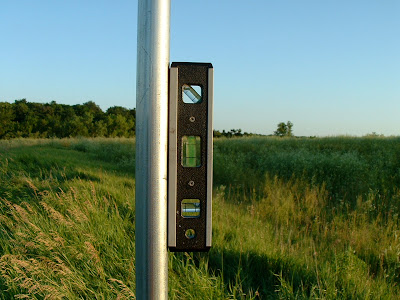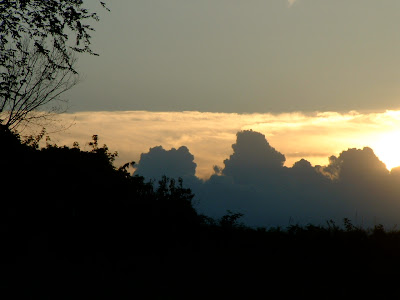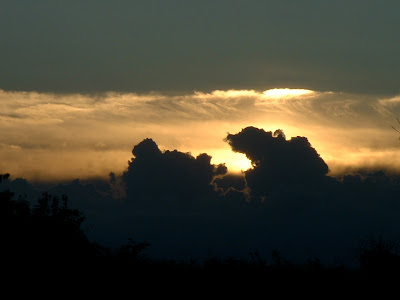George collects, restores, displays, and operates antique traction engines, the early versions of which were essentially railroad locomotives without the rails and which eventually became the modern farm tractor. Most of his collection is steam powered – external combustion.
From the operator's station.
Power take-off has always been an important feature of traction engines. On modern tractors, a PTO implement is connected with a steel shaft. These old engines powered belt-driven implements of all sorts from a rotating drum PTO.
The boxes behind the rear wheels hold water for the boiler and wood for the firebox. These engines typically were rated in the 10-40 horsepower range.
A belt driven sawmill. The red section houses a flywheel.
This is just a portion of the belt drive mechanism for a threshing machine that separates grain, chaff, and straw.
Another threshing machine.
An early portable gasoline powered engine.
A little later gasoline powered garden tractor, with a cultivator attachment.
The steam engines are really beautiful examples of 19th century manufacturing.
Whistle and steam vent.
Governor.
One of George's everyday tractors.
Back home, everything is growing big and fast.



















































